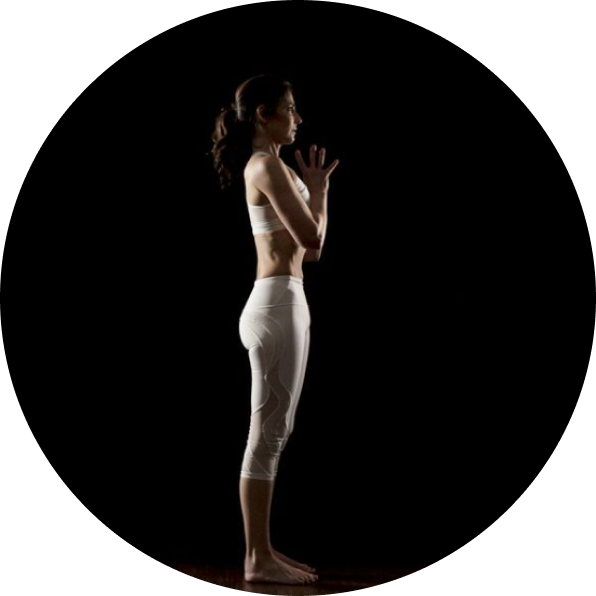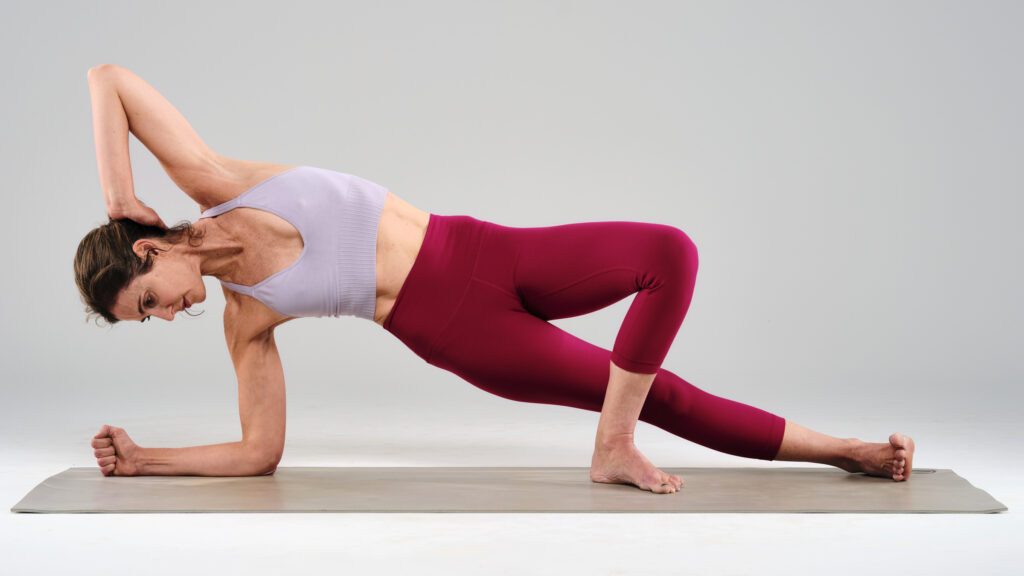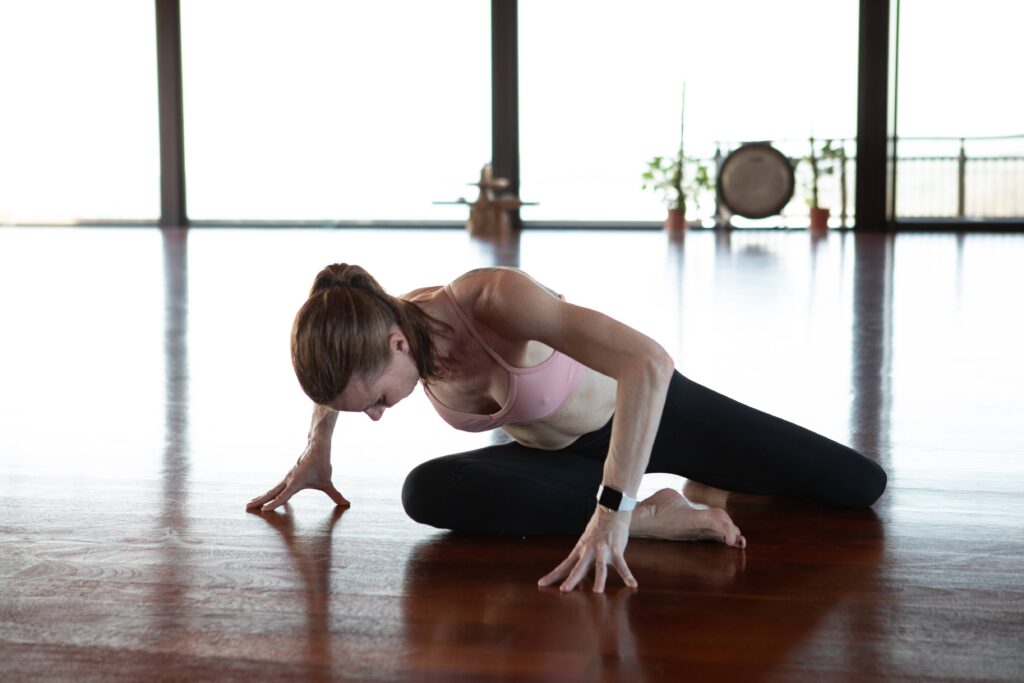Plantar Fasciitis is one of the most common causes of heel pain today. Best known for its hallmark sign of nagging, aching, burning, or stabbing pain in the heel or bottom of the foot, plantar fasciitis is often felt first thing in the morning when you put your feet down on the ground. The thick band of connective tissue on your foot that connects the calcaneus (heel bone) to the toes becomes dense, and restricted, and leads to pulling and pain throughout the foot and ankle complex. The reasoning for this is largely unknown, however, it is especially common in runners and those who are overweight. The connection has to do with the major fascial connective system that surrounds every tissue in our body. The positioning of the pelvis plays a major role down the fascial chain, creating 2000lb/square inch of pressure. That’s the equivalent of a steel cable pushing you forward into this anteriorly tipped position! This is evident in runners due to restrictions in their hip flexors and repetitive forward momentum, and those who are overweight due to the abdominal distension pulling them forward. This immense pressure is translated down into the feet, causing pain.
Breaking up the fascia is the best way to find immediate symptom relief. This can be done using stainless steel instruments (or a utensil such as a butter knife) to scrape away at the bottom of the foot in various directions, around the heel, and up into the calf region. Standing on a vibration platform is also great for breaking up fascial adhesions and restrictions. You can stand statically, or perform calf raises and toe raises, bending at the base of the ankle and keeping the base of your toes down and spread wide. A third way to break down adhesions is with eccentric exercise – strengthening in the lengthening phase of a contraction. An eccentric calf raise works wonders for the gastroc/soleus complex that connects to the plantar fascia through the Achilles tendon. Stand at the edge of a step (or even better at the edge of your vibration plate!) and quickly press down through the base of your toes to lift your heels, then slowly lower the heels down as far as possible, feeling a stretch in the back of your calves before quickly lifting the heels back up and repeating. Each time you should feel yourself being able to go down a little bit lower. But don’t forget the position of your pelvis! Scoop your low belly up and in and maintain a neutral pelvis as best as possible during the exercise.
For long-term symptom relief, we need to address the source of the issue – which is likely the positioning of your pelvis! The two most common populations to experience this type of pain are often known for an anteriorly tipped pelvis (pitched forward in space). Restrictions in the hip flexor muscles coupled with weak gluteals and hip extensors to counteract these forces create a perfect recipe for disaster! Our LYT yoga practice moves us through the perfect exercises to correct these forces. A few to try out:
- Stretch the hip flexors in the 90/90 lunge position, activating the back gluteal and engaging your abdominals to feel a stretch in the front of the hip and thigh.
- When on your back with your knees bent, bring your hands to your thighs and press them away as you pull your belly to your spine and root your tail towards your heels to create a tractioning of the hips and low back biasing posterior pelvic tilt holding for 3 seconds and relaxing.
- Progress to actively work the gluteals and hip extensors by performing a bridging motion lifting the hips up, and staying low not to overly activate the spinal extensors as a substitution.
Stretching the calf muscles can also help relieve symptoms. Begin facing a wall with your hands on the wall and one foot in front of the other in a staggered stance position. Make sure your toes are pointed forwards. Keep your back heel down as you bend into your front knee until you feel a stretch in the back of your calf on the back leg. Hold for 30 seconds and repeat 3 times. Perform this exercise both with your back knee in the straightened/extended and in the bent positions to be sure to get both your gastroc and soleus muscles respectively.
Using a brace to keep your ankle in a neutral position or to provide a passive stretch into the dorsiflexed position while sleeping can also provide a passive stretch to the fascial tissues and help prevent pain upon waking in the morning.
References:
https://www.mayoclinic.org/diseases-conditions/plantar-fasciitis/symptoms-causes/syc-20354846





